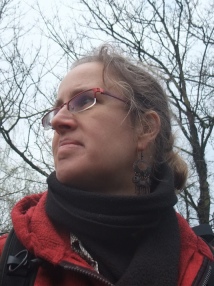BibTex format
@article{Beghein:2019:gji/ggy490,
author = {Beghein, C and Xing, Z and Goes, S},
doi = {gji/ggy490},
journal = {Geophysical Journal International},
pages = {1441--1465},
title = {Thermal nature and resolution of the lithosphere–asthenosphere boundary under the Pacific from surface waves},
url = {http://dx.doi.org/10.1093/gji/ggy490},
volume = {216},
year = {2019}
}

